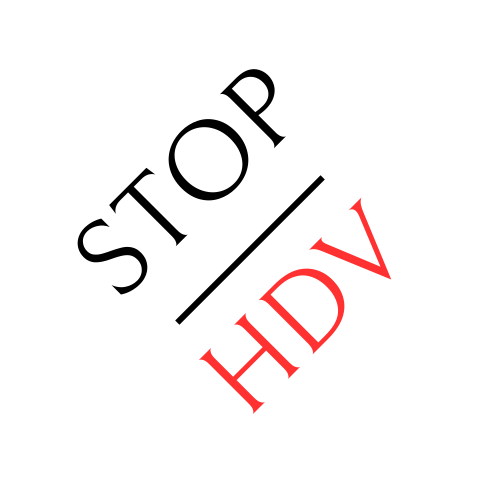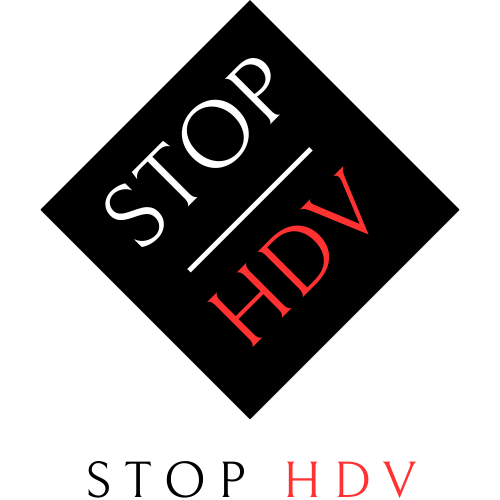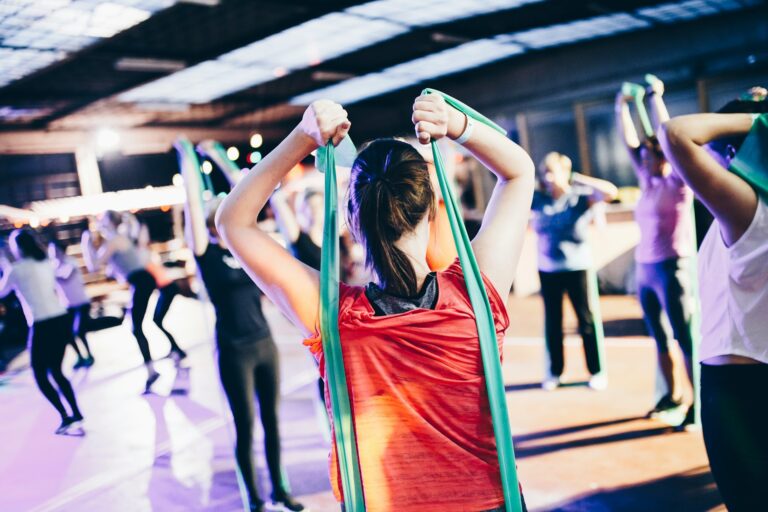Whether you’re dealing with morning stiffness, struggling with chronic pain, or simply want to move more freely throughout your day, targeted movement strategies can dramatically improve your quality of life. Poor mobility and limited flexibility affect millions of adults, contributing to discomfort, reduced performance, and frustration with everyday activities.
The encouraging news is that you don’t need expensive equipment or hours of daily commitment to see meaningful improvements. Through consistent practice of specific mobility exercises and proven flexibility techniques, you can restore movement, reduce discomfort, and enhance your overall physical function. This comprehensive guide explores evidence-based strategies that can be easily incorporated into your daily routine, whether you’re working with a healthcare professional or developing your therapy routine at home.
Many people discover that combining targeted movement work with professional guidance from a massage therapy clinic near me provides the best results for long-term mobility improvements. The key lies in understanding which techniques work best for your specific needs and learning to progress safely over time. By the end of this guide, you’ll have a complete toolkit of exercises and strategies to begin your journey toward better movement today.
Dynamic Warm-Up Movements for Daily Activation
Starting your day or workout with dynamic movements prepares your body for activity while gradually increasing the range of motion. These flowing exercises activate multiple muscle groups simultaneously and improve circulation to prepare tissues for more demanding activities.
Controlled Articular Rotations
Begin with gentle neck circles, moving slowly through your full range of motion in both directions. Progress to shoulder rolls, bringing your shoulders up toward your ears, back, down, and forward in smooth circles. Complete 5-8 repetitions in each direction before reversing the pattern.
For your torso, stand with feet hip-width apart and rotate your trunk slowly from side to side, allowing your arms to follow naturally. This movement helps activate the deep stabilizing muscles of your spine while improving rotational mobility.
Hip circles provide excellent preparation for lower body activities. Place your hands on your hips and make large, controlled circles with your pelvis, focusing on smooth movement through all ranges of motion.
Progressive Movement Patterns
Arm swings across your body and overhead help prepare your shoulders for activity. Start with small movements and gradually increase the range as your muscles warm up. Leg swings—both forward-to-back and side-to-side—similarly prepare your hips and legs for movement.
Walking lunges with a twist combine multiple movement patterns while gently stretching the hip flexors and activating the core. Take a large step forward, lower into a lunge position, and rotate your torso toward the front leg before stepping into the next lunge.
Static Stretching Techniques for Enhanced Range of Motion
Static stretches involve holding positions for extended periods to gradually lengthen muscles and connective tissues. These flexibility techniques work best when performed on warmed muscles and held for 30-60 seconds to allow tissues time to adapt.
Upper Body Flexibility Focus
The doorway chest stretch targets the pectoral muscles that often become tight from prolonged sitting or forward head posture. Stand in a doorway with your forearm against the frame and step forward gently until you feel a comfortable stretch across your chest. Hold this position while breathing deeply to maximize the benefits.
Neck stretches help counteract the effects of prolonged computer work and poor posture. Gently tilt your head to one side, bringing your ear toward your shoulder until you feel a stretch along the opposite side of your neck. Use your hand to provide gentle additional pressure if needed.
For shoulder flexibility, reach one arm across your body and use your opposite hand to gently pull it closer to your chest. This cross-body stretch targets the posterior deltoid and helps maintain healthy shoulder function.
Lower Body Flexibility Development
The standing forward fold stretches your hamstrings, calves, and lower back simultaneously. Stand with feet hip-width apart and slowly hinge forward at your hips, allowing your arms to hang toward the floor. Bend your knees slightly if needed to maintain comfort.
Hip flexor stretches are crucial for those who spend extended periods sitting. Step into a lunge position and lower your back knee toward the ground while keeping your front knee over your ankle. Push your hips forward gently to increase the stretch through the front of your back leg.
Calf stretches can be performed against a wall by placing your hands against it and stepping one foot back, keeping your heel on the ground and your back leg straight. This targets the gastrocnemius muscle, while bending your back knee slightly shifts the focus to the deeper soleus muscle.
Myofascial Release Methods for Tissue Health
Myofascial release techniques target the connective tissue surrounding muscles to improve tissue quality and movement efficiency. These methods can be performed using various tools or even your own hands to address areas of tension and restriction.
Foam Rolling Fundamentals
Foam rolling provides an accessible way to perform self-myofascial release. Focus on rolling slowly across muscle groups, pausing on areas that feel particularly tight or tender. Spend 30-60 seconds on each muscle group, breathing deeply to help tissues relax.
For the quadriceps, lie face down with the foam roller positioned under your thighs. Use your arms to support your weight and roll from just above your knees to just below your hips. Avoid rolling directly over your kneecaps or hip bones.
The iliotibial (IT) band requires careful attention due to its density. Lie on your side with the roller positioned under your outer thigh and roll slowly from your knee to your hip. This area may be sensitive initially, so adjust pressure as needed.
Targeted Release Techniques
Tennis ball massage provides more targeted pressure for specific trigger points. Place a tennis ball between your back and a wall to address knots in your upper trap muscles or between your shoulder blades. Apply gentle pressure and hold for 30-60 seconds on tender spots.
For foot health, roll a tennis ball under your foot to release tension in the plantar fascia. This technique is particularly beneficial for those who experience foot pain or spend long periods standing.
Self-massage techniques using your hands can address areas that are difficult to reach with tools. Use your fingertips to apply gentle pressure to the suboccipital muscles at the base of your skull, or use your thumbs to massage the muscles along your forearms.
Core Stability and Postural Alignment Exercises
Strong core muscles and proper postural alignment form the foundation for healthy movement patterns. These exercises target deep stabilizing muscles while promoting awareness of optimal positioning throughout your daily activities.
Foundational Stability Patterns
The dead bug exercise trains core stability while maintaining neutral spine alignment. Lie on your back with your knees bent at 90 degrees and your arms reaching toward the ceiling. Slowly lower the opposite arm and leg while maintaining contact between your lower back and the floor.
Bird dog exercises challenge your ability to maintain stability while moving your limbs. Begin on your hands and knees in a neutral position, then slowly extend the opposite arm and leg. Hold for 5-10 seconds before switching sides, focusing on keeping your hips level and avoiding rotation.
Planks in various positions build endurance in your core muscles. Start with a standard plank on your forearms and progress to side planks or single-arm variations as your strength improves. Quality of positioning is more important than duration.
Postural Awareness Training
Wall angels help retrain proper shoulder and neck positioning. Stand with your back against a wall and slide your arms up and down in a “snow angel” pattern while keeping contact with the wall. This exercise highlights areas of restriction while promoting better alignment.
Chin tucks counter the forward head posture that develops from prolonged screen time. Sit or stand tall and gently draw your chin back while lengthening the back of your neck. Hold for 5 seconds and repeat throughout your day as a posture reset.
Hip hinge patterns teach proper movement mechanics for daily activities like lifting and bending. Practice the movement by pushing your hips back while keeping your chest up and your knees slightly bent. This pattern protects your lower back while engaging your posterior chain muscles.
Joint-Specific Mobility Sequences
Different joints require specific attention due to their unique anatomy and function. Targeted mobility sequences address the particular needs of major joint systems while promoting overall movement quality.
Spinal Mobility Development
Cat-cow stretches promote flexibility throughout your entire spine. Begin on your hands and knees and slowly arch your back while lifting your head (cow position), then round your spine while tucking your chin to your chest (cat position). Move slowly and breathe deeply with each transition.
Thoracic spine rotation addresses the mid-back stiffness that commonly develops from prolonged sitting. Lie on your side with your knees bent and rotate your top arm across your body and toward the ceiling, following the movement with your eyes.
Spinal waves involve sequential movement through each segment of your spine. Standing or sitting, begin by tucking your chin and rolling down through your spine one vertebra at a time, then reverse the movement to return to an upright position.
Hip and Pelvis Mobility
90/90 hip stretches target multiple hip muscles simultaneously. Sit on the floor with both knees bent at 90 degrees, one in front and one to the side. Lean forward over your front leg to stretch the hip flexors, then lean toward your side leg to target the hip external rotators.
Hip circles in various positions help maintain healthy hip joint function. Perform them standing, lying on your back, or on your hands and knees to target different ranges of motion and muscle groups.
Pelvic tilts teach you to control the position of your pelvis, which affects your entire spine. Practice tilting your pelvis forward and backward while maintaining awareness of your lower back position.
Shoulder and Neck Integration
Shoulder blade squeezes help activate the muscles between your shoulder blades that often become weak from poor posture. Pull your shoulder blades together and down while lifting your chest, holding for 5 seconds before releasing.
Neck stretches in multiple directions address the various muscles that support your head and neck. Perform gentle stretches to each side, forward, and into gentle extension while supporting your head with your hands.
Arm circles and shoulder rolls in both directions help maintain mobility in the shoulder complex. Start with small circles and gradually increase the size as your muscles warm up.
Building Your Personalized Movement Practice
Developing a sustainable therapy routine requires careful consideration of your individual needs, available time, and current fitness level. The most effective program is one you can perform consistently while gradually progressing in difficulty and complexity.
Begin by identifying your primary areas of concern. Do you experience stiffness in specific joints? Are certain movements particularly challenging? Understanding your starting point helps you select the most appropriate mobility exercises and flexibility techniques for your needs.
Consider your daily schedule and realistically determine the time you can dedicate to movement work. Even 10-15 minutes of consistent daily practice can yield significant improvements over time.
Structure your routine to include elements from each category: dynamic warm-up, static stretching, myofascial release, and stability work. You don’t need to include every technique in each session, but aim to address different aspects throughout your week.
Begin with gentle versions of each exercise and gradually increase intensity, duration, or range of motion as your body adapts. Progression should feel challenging but never painful.
Start Moving Better Today
The path to improved mobility and flexibility begins with a single step—or stretch. These evidence-based techniques provide a comprehensive foundation for better movement, whether you’re addressing specific limitations or working to prevent future problems.
While self-directed movement work provides excellent benefits, combining these efforts with professional guidance from a massage therapy clinic near me can accelerate your progress and ensure you’re addressing underlying issues effectively. Many people find that working with qualified practitioners enhances their results while providing valuable education about their specific conditions.
Remember that consistency trumps perfection. Start with the exercises that feel most appropriate for your current condition and gradually build your practice over time. Your body will thank you for the investment in better movement, and you’ll likely discover that these flexibility tips and mobility exercises become an enjoyable part of your daily routine.
Begin today with just five minutes of gentle movement. Your future self will appreciate the foundation you’re building right now.


